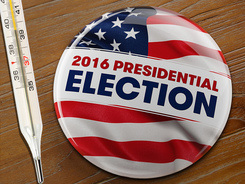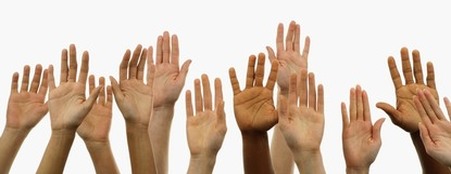January 30, 2023: Long VITT Cases of continuous and progressively serious thrombocytopenia (long VITT) are reported after vaccination.
January 27, 2023: Stroke with unusual presentations As FDA is launching a study to look into the possible link between bivalent vaccines and stroke, we discuss a few cases with different presentations.
January 25, 2023: Food, Hormones and Odor Pollution Scientific papers published in January are about goats, fish, fermented food and biological waste.
January 20, 2023: Participatory Environmental Health Research The field of environmental health is facing increasingly complex challenges that require innovative approaches to research and decision-making.
January 16, 2023: Another complete autopsy report Autopsy report of a fully vaccinated 83-year-old man is consistent with previously published data on unvaccinated patients who had died from COVID-19
January 13, 2023: Fatal COVID-19 after Bivalent Booster 5 cases of breakthrough COVID-19 after updated bivalen booster vaccination in the 65+ age groups
January 13, 2023: Stroke after Bivalent Booster Possible increase in ischemic stroke in people 65 and older who recently got one of updated COVID-19 booster shots.
January 11, 2023: Ocular side effects of vaccination Various adverse ocular effects have been reported after immunization by all COVID-19 vaccines.
January 10, 2023: Antibiotics and Bowel Disorders Frequent use of antibacterial drugs can increase the risk of developing microbiome-associated diseases in all age groups. Recent study found the risk of Crohn’s disease to be the highest for antibiotic use in the 40s and 50s.
January 9, 2023: Active and Passive Crowdsourcing in Medical Research With the rise of crowdsourcing and the increasing popularity of platforms that allow individuals to collaborate and share information (knowingly or unknowingly), it's important to consider how these tools can be leveraged to advance health and medicine.
January 8, 2023: Progress in Genomics Genomics continues to be a rapidly growing and exciting field.
January 7, 2023: ACEI or ARB? Different classes of drugs have different mechanisms of action, side effects, and some may be more suitable for certain patients than others.
January 7, 2023: HippoCamera for Aging Brain A smartphone application called HippoCamera was shown to be effective tool for improving the recall of episodic memories in older adults.
January 6, 2023: Post-vaccinal myocarditis and POTS long-term post-vaccinal cardiovascular symptoms linked to significantly higher levels of the virus's spike protein not bound by immune antibodies. A case of overlapping myocarditis and POTS presented for 13 year old male.
January 5, 2023: Microbiome Research Microbiome research has increased dramatically in recent years, driven by advances in technology and significant reductions in the cost of analysis.
January 4, 2023: Collaborative Economy and Innocentive Science Most of collaborative economy concepts appeared in the mid-2000s, except for peer-to-peer networks that can be traced back to the 1970s. Yet existing models do not engage the general public in science.
January 3, 2023: Genetic Determinants of Aging and Longevity The contribution of genetic factors to aging is estimated at up to 30%
January 2, 2023: Quantified Self: From Sousveillance to Personal Science and Phenotyping The quantified self movement has evolved over the years
January 1, 2023: Complex Regional Pain Syndrome after Vaccination CRPS may be triggered by an injury such as vaccine injection trauma or other event that damages or irritates the nerves.





 RSS Feed
RSS Feed
